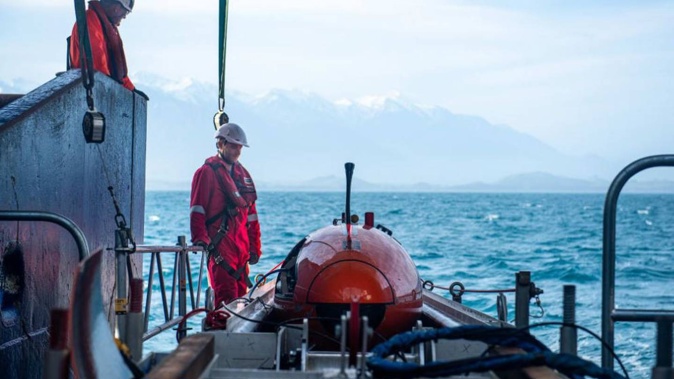
By RNZ
Kaikōura’s seabed has shown “astonishing resilience” to the disturbance caused by the 2016 earthquake, Niwa says.
At the time, the 7.8 magnitude earthquake nearly “completely wiped out” some of the ecosystems in Hikurangi Marine Reserve’s Kaikōura Canyon.
But Niwa and Victoria University of Wellington PhD student Katie Bigham said many marine organisms had returned and parts of the seabed were well on the way to being fully recovered.
“The earthquake caused a highly complex ‘full canyon flushing event’ that reshaped the canyon floor and transported 850 metric megatons of sediment out along the Hikurangi Channel. Inevitably, this was devastating for the abundant marine life in the area, which is New Zealand’s only deep-sea marine reserve,” Bigham said.
“However, it also provided a rare opportunity to study the impacts of an underwater earthquake on seabed communities. And encouragingly, the ecosystem is showing great resilience - many of the marine organisms have returned, with some parts well on the way to being fully recovered.”
The Kaikōura seabed rose out of the ground after the 7.8 magnitude earthquake. Photo / @lou_gordongreen
Niwa already had a lot of information about Kaikōura’s deep-sea environment - including thousands of images.
Scientists were able to compare those to images taken weeks, months, and even years, following the earthquake.
Niwa said those images showed how “catastrophic” the earthquake had been for the seabed - but within months, some species of fish and sea cucumbers started to return.
Sally Watson, a marine geophysicist with Niwa, onboard the RV Tangaroa for the seabed study. Photo / Lana Young
Four years following the earthquake, Niwa said the seabed had started to look like it did prior to the earthquake - but it could take up to 12 years for it to fully recover.
Niwa principal scientist of marine ecology and professor of marine biology at Victoria University of Wellington Dr Ashley Rowden said it was the very nature of the “volatile environment that makes it such a resilient ecosystem”.
“We think this habitat can so easily recover because it’s an area often at the mercy of Mother Nature.
“The earthquake was a 1-in-140-year event, which may seem infrequent, but in evolutionary terms it’s the blink of an eye. This means the marine life there has regularly experienced massive stressors such as earthquakes, and in turn species are adapted to be resilient to them.
“This is like when our bodies are exposed to pathogens and vaccines, which makes our immune system more resilient to disease so we can bounce back quicker.”
- RNZ
Take your Radio, Podcasts and Music with you

/cloudfront-ap-southeast-2.images.arcpublishing.com/nzme/N6HZIXNXSRH3RJTSKVW275VALA.JPG)
/cloudfront-ap-southeast-2.images.arcpublishing.com/nzme/UO4TOBUAP5BRFLH4XQXNVVMNAY.JPG)








